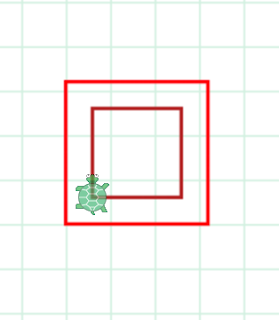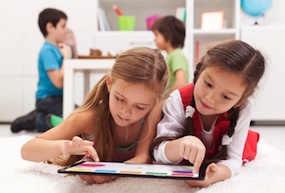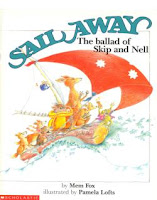Introducing variables with Scratch and Makey Makey
It is possible to use the Makey Makey for than a keyboard that makes bananas an inedible mush. This project will be creating switches to collect data for a survey. This could be modified to encourage students to collect data using an alternate method to forms. Student can modify the project to collect data to test understanding or collect information for a survey. It could be used by teachers to test student knowledge when they leave a classroom. This is designed as a simple introduction to variables. There are other ways to make this more efficient code but the purpose of this lesson is to introduce the concept of variables. Target Group Year 4-6. Students have simple coding experience with block coding and ready to progress to the next step. Concepts covered: Introductory coding Variables Digital Systems Variables What is variable? A variable is used i n a computer program, this is a named memory location where values are stored. A variable m...



